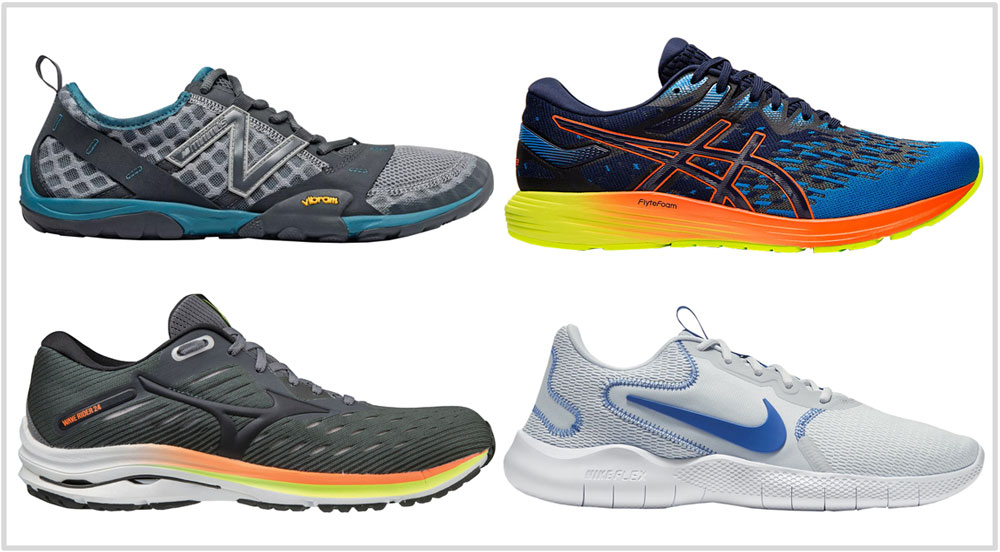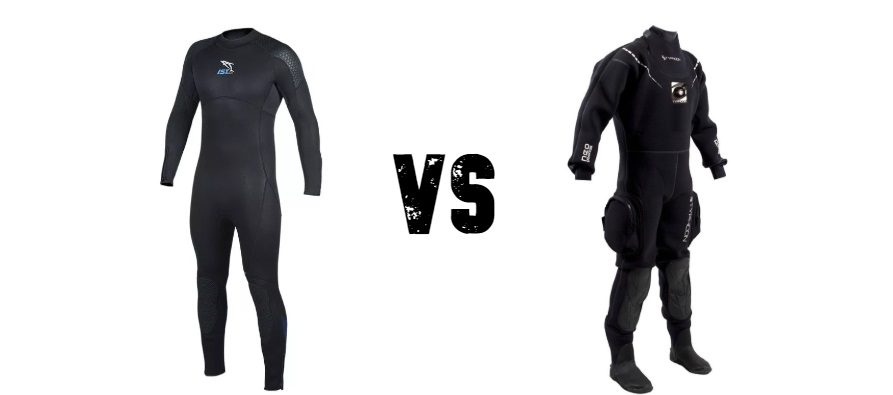By training in barefoot shoes your feet are closer to the ground and therefore you gain a slight power advantage in your lifts. Training shoes have better support at the sides as opposed to running shoes.
 Best Running Shoes For Gym And Weight Training Solereview
Best Running Shoes For Gym And Weight Training Solereview
Barefoot running and training is a growing trend as it promises to prevent injury and strengthen muscles that are usually neglected.

Difference between running and training shoes. Take these shoes on tracks and runs. Running Shoes vs. Where athletic shoes allow multi-directional movements running shoes are only meant for forwarding movements.
Due to the advancement in the shoe technology the athletes have more comfort and indoor and during their workouts. Training shoes have a flatter sole that offers flexibility while running. A common drop is 4 mil although for overpronators someone with flat feet or high arches a runner may choose a drop of as much as 8 mils.
While cross-training shoes provide cushioning running shoes go much further in protecting your feet from impact with the ground. RUNNING VS TRAINING SHOES. Cross training shoes are a strange mix of a lot of different traits.
Running shoes on the other hand are specifically designed for people who pound the pavement the track or the trail. They also have a wider base but are not as flexible as running shoes. You can seek for advice from footwear.
Running shoes also have more cushioning and a higher heel drop. There are some significant differences. Though you always want to go with some popular shoe brands but you have to determine if you will choose the running shoes or the training shoes.
The sole of a training shoe is more flexible to allow a wide range of movement. Training shoes are usually heavier than running shoes. If you do any sort of training from BodyCombat Zumba and dance classes to BodyPump and weight training all the way to HIIT and bootcamp-style classes you need a low-to-the-ground form-fitting shoe.
They are made for multi-directional movement and feature a good amount of lateral stability and general support. Running shoes are flexible at the mid-sole while training shoes have more flexible soles. Racing flats historically featured less cushioning than a training shoe and some used less outsole rubber to cut down on weight.
Activities for running shoes. Running shoes are built for heel-to-toe movement and the higher heel drop in running shoes comes from added support and cushioning. Running shoes are built for heel-to-toe movement and the higher heel drop in running shoes comes from added support and.
Sole flexibility running shoes are for heel-to-toe movement. But be aware that there isnt one shoe fits all. Regular runners shouldnt use cross-country shoes.
Training shoes are for multi-directional movement especially lateral side-to-side movement. Click here for womens running shoes. They simply dont provide enough cushioning and support whether you are running outside or inside.
Training shoes have lighter treads. Training shoes completely different from running shoes. The major difference lies in the way both these shoes allow the movement of feet.
You can consider training shoes the yang of its mileage-based running-shoe counterpart. Do you need both. What Are the Major Differences Between Cross Training and Running Shoes.
That means race shoes are something you should save for the race. Training shoes are heavier in weight as compared to running shoes. Runners looking to set new personal records at a race will sometimes switch into a pair of racing flats for the big day.
Training shoes do provide versatility more stability and support. Running and training shoes may look similar but the key differences are in sole flexibility and heel drop. Running shoe makers have different designs for different types of runners.
This type of shoe is very supportive focusing on. Now you realize the clear differences between training vs. Last but not least you have cross training shoes.
Running and training shoes may look similar but there are a few key differences. This will keep you stable during strength moves but also enable you to move dynamically whenever you need to and youll probably be able to do some running in these. The heel drop of a shoe refers to the thickness of the shoes heel.
Its also sometimes called the shoes. Besides the fact that both sweat essentials have laces and. All these questions and much more are answered in the video.
The amount of heat generated in the running motion is greater so running shoes also are made with a higher amount of mesh to keep feet cool during exercise. You should also realize the different purposes that each of them serves. However it will be overwhelming to determine the best shoes between training and running shoes.
What are the differences. Click here for mens running shoes. Training shoes are for multi-directional movement especially lateral side-to.
Are They The Same. So always decide first on the activities you want to engage in before you buy either. The slimmer shoes and lighter materials also wear out faster than whats used in training shoes.
The primary differences between running shoes and training shoes are their flexibility cushioning and heel drop. What are the differences. WHAT IS THE DIFFERENCE BETWEEN RUNNING AND TRAINING SHOES.
One of the main differences is in the elevation of the heel compared with the toe called the drop.

